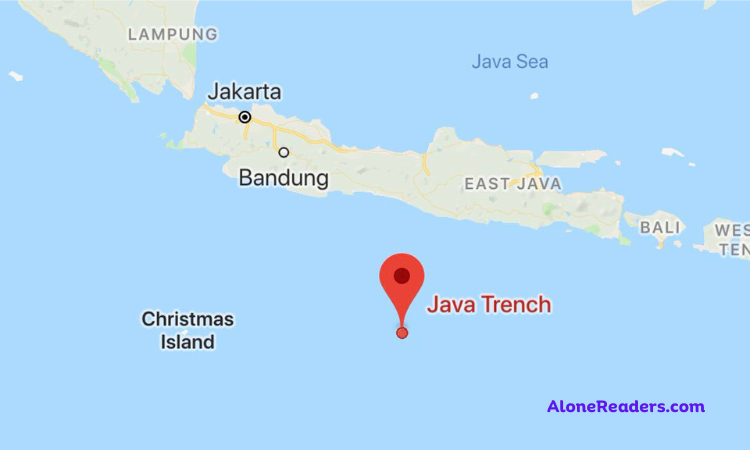
The Java Trench, also known as the Sunda Trench, is a significant geological feature of the Indian Ocean. This trench is the deepest point in the Indian Ocean and has garnered attention for both its natural significance and the hazards it presents. Let's delve into the intricacies of the Java Trench, understanding its location, why it's dangerous, its importance, and incidents associated with it.
The Java Trench stretches along the southern edge of Indonesia, running parallel to the Sunda Arc. Specifically, it lies to the south of the islands of Java and Sumatra. The deepest point of the trench, known as the Challenger Deep, has been recorded at depths exceeding 7,500 meters (around 24,600 feet).
Several factors contribute to the danger associated with the Java Trench:
Tsunamis: The Java Trench is a subduction zone where one tectonic plate is being forced under another. This movement of plates can lead to powerful undersea earthquakes. When such earthquakes occur at shallow depths, they can displace massive volumes of water, leading to tsunamis. The coasts along the Indian Ocean, especially those of Indonesia, Thailand, India, and other nations, are vulnerable to these tsunamis.
Seismic Activity: The tectonic activity in the trench means that the region is seismically active. Earthquakes originating from this trench can have devastating effects on the nearby regions, particularly the densely populated islands of Indonesia.
Deep-sea Challenges: Like other deep oceanic trenches, the depth, pressure, and darkness of the Java Trench pose significant challenges for exploration. The extreme conditions make it a difficult and risky place for deep-sea research and missions.
Scientific Significance: Deep-sea trenches like the Java Trench offer unique environments for researchers to study. They host specialized marine life that has adapted to life in extreme conditions. The trench also provides insights into plate tectonics and the geological processes at play in subduction zones.
Biodiversity: Though much of the trench remains unexplored, the unique environmental conditions mean that the trench could be home to undiscovered species adapted to the high pressures and low light conditions.
Mineral Deposits: The deep-sea regions, including trenches, are believed to contain significant mineral deposits. Though exploitation of these resources comes with significant challenges and environmental concerns, they are of potential economic interest.
One of the most notable incidents related to the Java Trench is the 2004 Indian Ocean earthquake and tsunami. On December 26, 2004, a massive undersea megathrust earthquake, with an epicenter off the west coast of northern Sumatra, resulted in a powerful tsunami. This disaster claimed the lives of over 230,000 people across 14 countries, making it one of the deadliest natural disasters in recorded history.
The event highlighted the dangers posed by the tectonic activities associated with the Java Trench and led to increased efforts in tsunami warning systems and disaster preparedness in the region.
The Java Trench, with its imposing depths and tectonic activities, stands as both a testament to the Earth's dynamic nature and a reminder of the potential dangers lurking in the depths of the ocean. While it poses significant challenges, it also presents opportunities for scientific exploration and discovery. The lessons learned from past incidents related to the trench underscore the importance of understanding and respecting the powerful forces of nature.